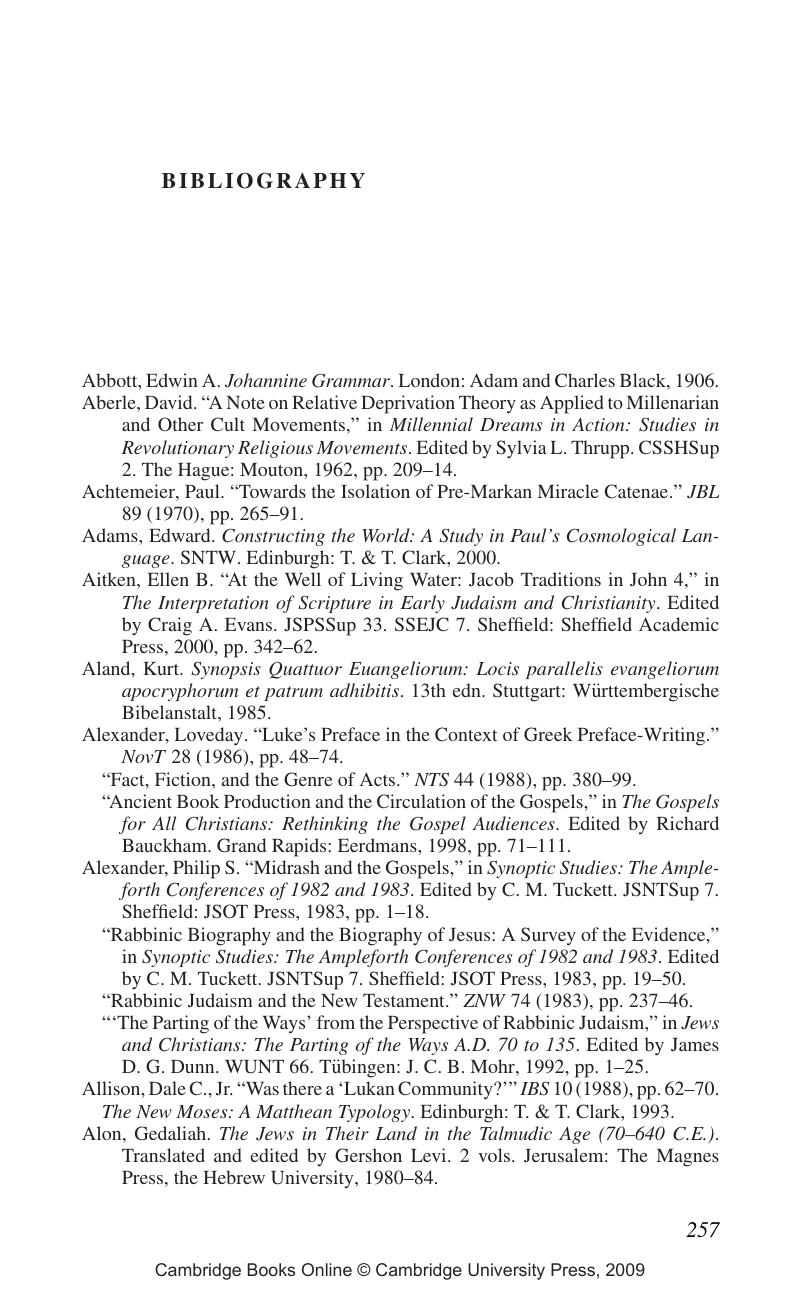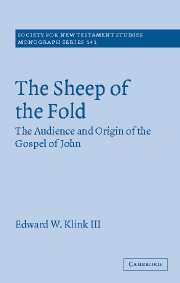Book contents
- Frontmatter
- Contents
- Acknowledgments
- List of abbreviations
- 1 The audience and origin of the Gospels: introduction and method
- 2 Early Christian community: a study of the community construct and its functional potential in early Christianity
- 3 Early Christian Gospel: Gospel genre and a critique of the two-level reading of the Gospel of John
- 4 Early Christian reader: an explication of the audience of the fourth Gospel by inquiring for the implied reader
- 5 Reading the fourth Gospel: the function of the Gospel of John in light of the Gospel community debate
- 6 The sheep of the fold: summary and conclusion
- Bibliography
- Index
- References
Bibliography
Published online by Cambridge University Press: 22 September 2009
- Frontmatter
- Contents
- Acknowledgments
- List of abbreviations
- 1 The audience and origin of the Gospels: introduction and method
- 2 Early Christian community: a study of the community construct and its functional potential in early Christianity
- 3 Early Christian Gospel: Gospel genre and a critique of the two-level reading of the Gospel of John
- 4 Early Christian reader: an explication of the audience of the fourth Gospel by inquiring for the implied reader
- 5 Reading the fourth Gospel: the function of the Gospel of John in light of the Gospel community debate
- 6 The sheep of the fold: summary and conclusion
- Bibliography
- Index
- References
Summary

- Type
- Chapter
- Information
- The Sheep of the FoldThe Audience and Origin of the Gospel of John, pp. 257 - 307Publisher: Cambridge University PressPrint publication year: 2007



